Gone are the days where people going to wine tastings were 50+, bald (or grey haired) and very conservative. Wine tourism is booming in 2018 - and with it, a whole new generation of wine lovers and makers. I ventured to South Germany to uncover the trend, so keep reading if you think this could be your next travel adventure, too.
Sponsored by Wines of Germany
A shift in the industry
I first felt it a couple of years ago when traveling through some of the wine regions in Southern Germany (which is the next big thing in the wine industry, by the way!) I came across an increasing number of people, from all over the world, who were skipping more traditional wine producing countries such as France and Italy to instead become familiar with their neighbor, Germany. More and more Weingüter (that’s ‘wineries’ in German), saw the light of day while old traditional ones, who had been producing wine for decades or centuries, suddenly became tourist points. There was a clear and growing interest, not only in German wine, but in wine tourism as such. And I was delighted! Finally, the world had seen the light in quality, hand work and authenticity! Finally, those dreary tourist traps all over the world would get some competition by something at least as - or even more - interesting.
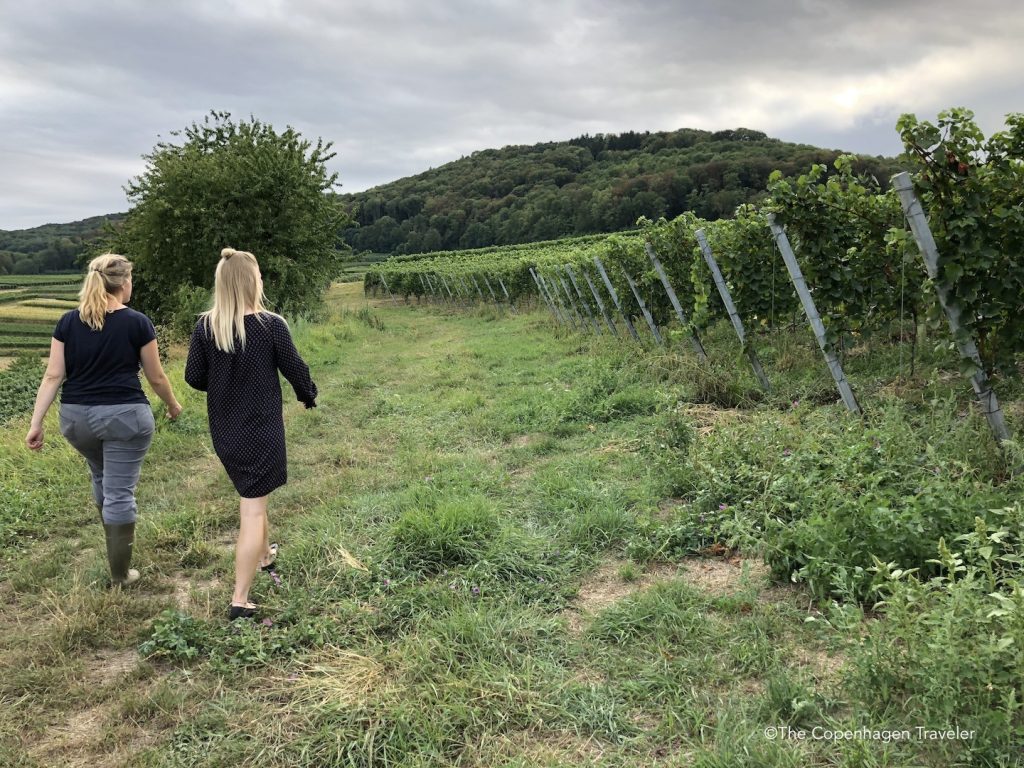
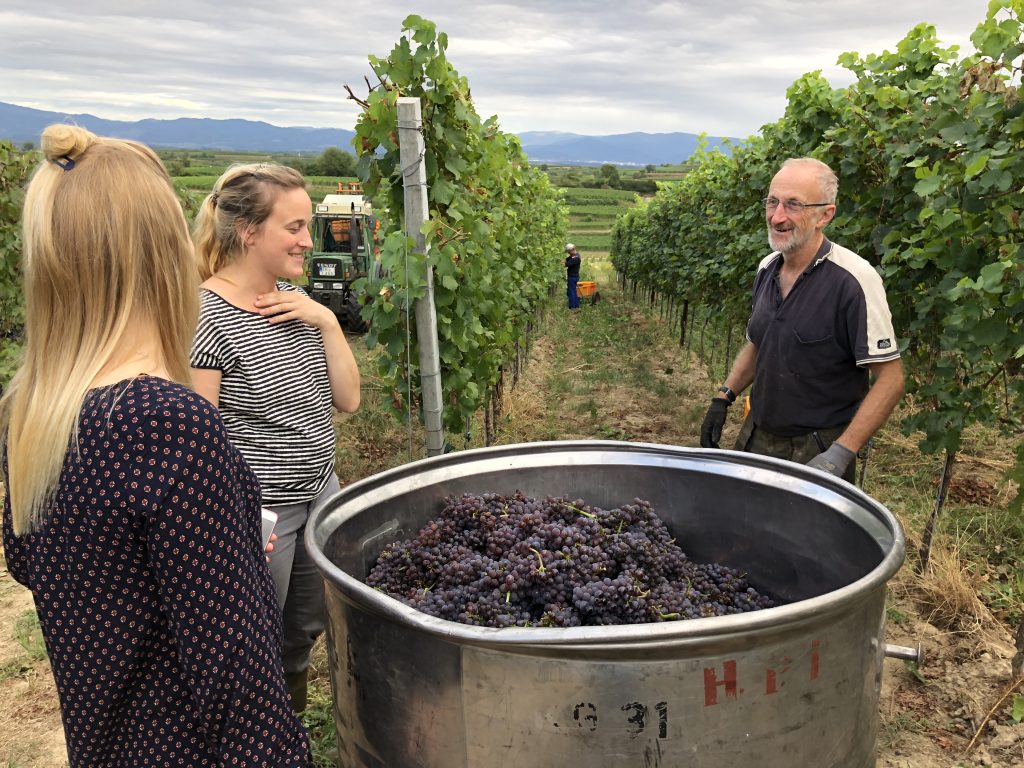
Then, recently, I traveled through the Southern regions of Germany again, this time in Pfalz and Baden, and I felt it again. Wine tourism had definitely come to stay. When visiting a winery (we’re talking on the countryside, far away from any buzzing city life) I noticed a wide array of people from all layers of society and different age ranges. I saw younger people, like myself, sipping different vintages from the local vineyards, and when they finally left, they carried boxes full of wine into their cars. I asked one of these good people why they had come here and the answer was not to be mistaken; “because we love their wine and need to fill up our cellar!” Indeed, time has changed since the wine consuming market was dominated by grey haired male at the age of 50+.
A journey for all senses
Paying the local wine shop is not enough anymore; a rapidly increasing number of people are now traveling far and wide to get under the skin of wine making. They want to get a glimpse of the entire process; from harvesting to bottling. And I was lucky enough to get a peek behind the scenes as well, as I visited two out of the thirteen wine regions in Germany. All these regions are represented by Wines of Germany, where you can also read more about each region, their specific grape variants and their wineries.
Before digging into the famous grape variants of Baden and Pfalz, I’d like to try to explain why wine tourism in general has become such a big hit, especially amongst younger generations. Through research, I found the answers to be rather simple: we drink more wine than ever - and from different countries. Moreover, the tourism industry has changed - or shall we say, the travel habits of people have changed. It’s cheaper and easier to travel than before, and not only do we want to travel, we want traveling to be a soothing experience. One that stays in our memories and bodies long after we’ve come home. A wine trip fits perfectly into that description; it’s a journey for all senses. Plus we get to escape the hectic everyday life and instead connect with nature and ourselves on a whole new level. This is exactly the reason why I’ll be going back to Southern Germany for another wine adventure in the near future; it’s simply too good to only do it once!
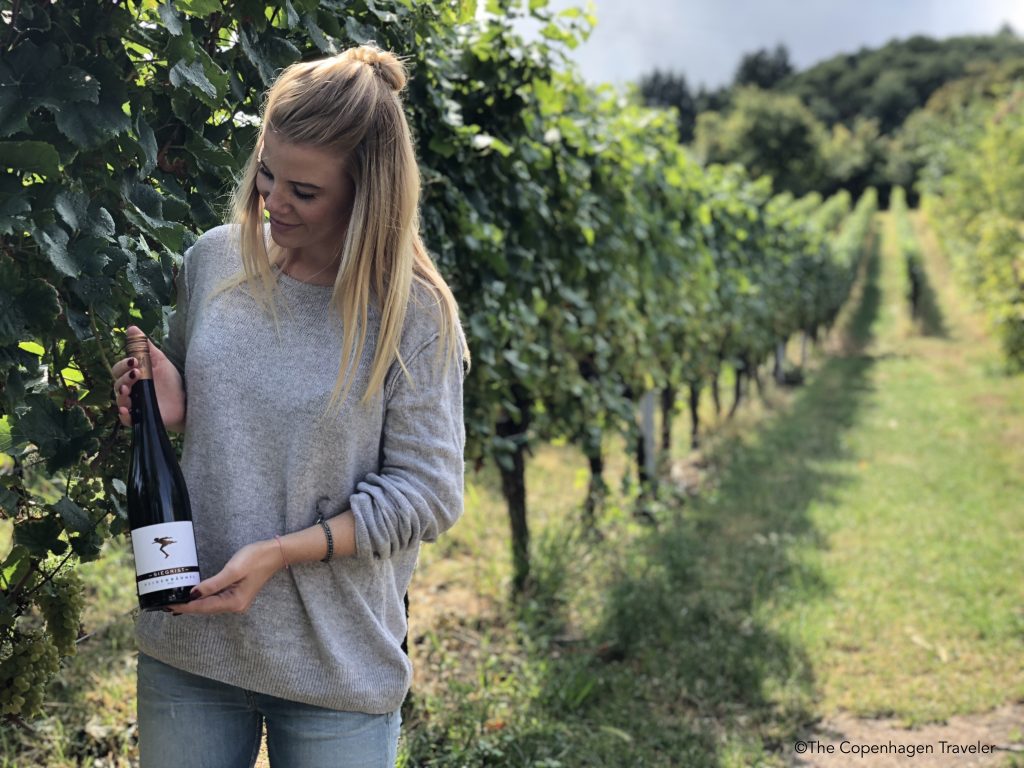
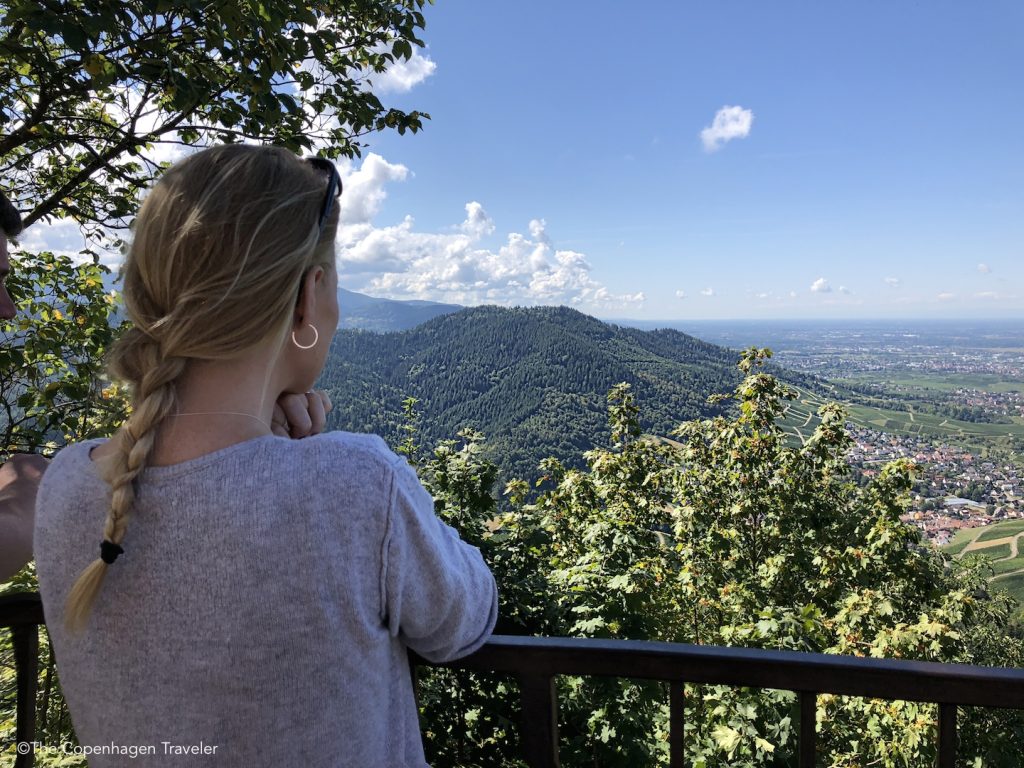
The little black book of German Wine
Do you want to impress your wine-loving uncle or your better half who claim to know everything about wine? Then you’ve come to the right place. In less than 10 minutes, you can become educated within the field of German wine - and at the same time, become prepared for your future wine adventure! Are you ready? Let’s go.
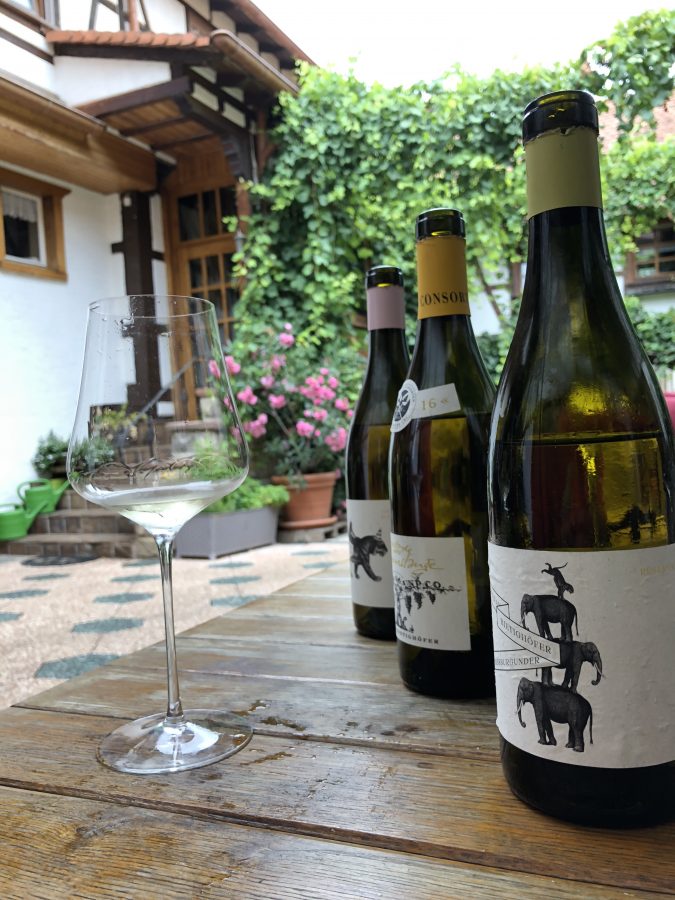
German wines are generally known to be dry (but not too dry!), rich and fruity. The dry ones (they also go under the names of ‘trocken’, ‘halbtrocken’, ‘feinherb’, ‘classic’ and ‘selection’) are perfect with food! The fruitier ones (also known as ‘Spätlese’, ‘Auslese’ and Eiswein) are more concentrated in flavor and they e.g. go well desserts and cheese.
The queens of the German grapes are called: Riesling and Spätburgunder.
A Riesling is known for its elegance, complexity, longevity and acidity. Pair it with nearly all kinds of food; from spicy Asian to traditional German. Riesling has been grown in Germany since the 15th century.
A Spätburgunder is a Pinot Noir (a red wine), and the German variant ranks third worldwide after France and the USA. Spätburgunder equals smooth, slightly fruity wines with spicy and floral aromas and goes well with meat, fish and e.g. Asian food. Pinot Noir has been grown in Germany since the 12th century.
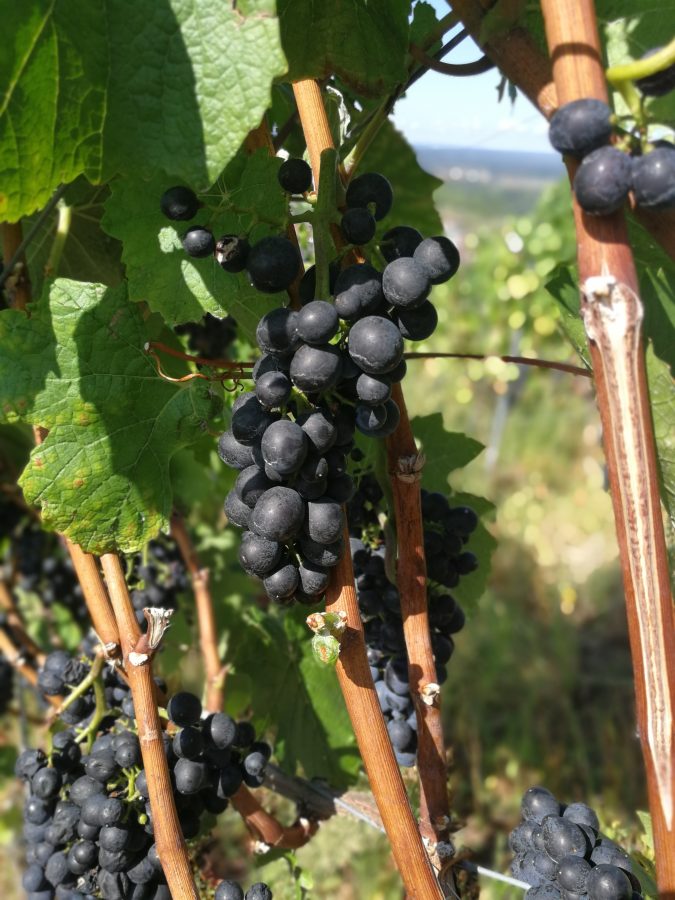
Although Germany represents white wines more than red wines, both varieties are to be found here.
The most traditional whites are:
- Riesling
- Silvaner
- Rivane (Müller-Thurgau)
- Grauburgunder (Pinot Gris)
- Weissburgunder (Pinot Blanc)
- Kerner
- Scheurebe
The most traditional reds are:
- Spätburgunder
- Dornfelder
- Portugieser
- Trollinger
- Lemberger
- Frühburgunder (Pinot Noir Précose)
- Schwarzriesling (Pinot Meunier)
There you have it: the little black book of German wine, that’ll take you a long way next time you’re joining a wine tasting or visiting a German wine region 🙂
If you’re interested in wine tourism, keep an eye out for my guide to Pfalz and Baden, which will be published soon.



Such an interesting post! https://focusgreece.com/
Thank you, I’m glad you liked it!
/Regitse